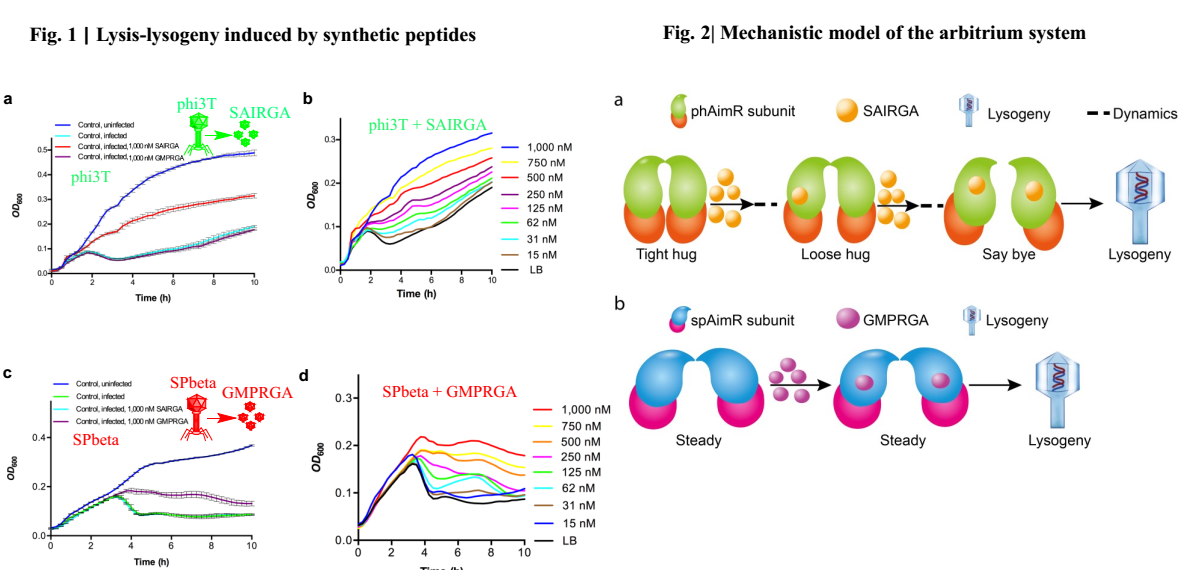The research team of Professor Wei Cheng published a research paper “Structural and Functional Insights Into the Regulation of the Lysis-Lysogeny Decision in Viral Communites” in Nature Microbiology (JIF 14.1) on October 15th. Professor Wei Cheng and his team work at Division of Respiratory and Critical Care Medicine, State Key Laboratory of Biotherapy, West China Hospital of Sichuan University. Chao Dou, a doctoral student of Sichuan University is the first author. Master program graduate student Jie Xiong of Sichuan University and Professor Yijun Gu from Shanghai Synchrotron Radiation Facility, Zhangjiang Lab, Shanghai are also listed as the first author. Professor Wei Cheng is the corresponding author and Sichuan University is the first work unit on this research paper.
This research has revealed themolecular mechanisms underlying communication among phage lysis-lysogeny regulation through biological functional experiment and protein three-dimensional structure.

According to the research: “Structural and functional analyses of the phage-derived SAIRGA and GMPRGA peptides and their corresponding receptors, phAimR and spAimR, indicated that SAIRGA directs the lysis–lysogeny decision of phi3T by modulating conformational changes in phAimR, whereas GMPRGA regulates the lysis–lysogeny pathway by stabilizing spAimR in the dimeric state.” And the findings offer “insights into the molecular mechanisms underlying communication among viruses, offering theoretical applications for the treatment of infectious viral diseases.” These findings have provided a theoretical basis for the use of phage in clinical treatments. For instance, both HIV and herps viruses that infect human beings can cause acute and chronic infections, which can affect infection behavior through information transmission. If there is a molecule that can cause the virus to enter dissolution of the pathogen, then inducing the virus into an incubation period would be an effective treatment.
To read the article, please go to the link below:https://www.nature.com/articles/s41564-018-0259-7.
